By R. Norman Kirchgraber,
Attorney-at-Law
1906-1988
(WRITTEN 1984)
Like so many Irish families, my early ancestors in the 1800’s immigrated to the United States from the Emerald Isle due to economic conditions and hunger. As far as I can ascertain, my Great-grandfather, James Conway, and his wife Elizabeth immigrated not to New York but to Montreal, Canada. My grandmother Bridget Conway Dundon, (1846-1939),then three years old, accompanied them. Somewhere along the line, and before landing, smallpox broke out on the boat and they were quarantined for some ninety days before they were permitted to land. Grandma either contracted the disease at that time or shortly thereafter as her forehead was pitted until the day she decided to join her ancestors. Grandma was the eldest, and as far as is known, was the only child that traveled with her parents.
(Note: her infant sister, Honora, may have died on the trip over)
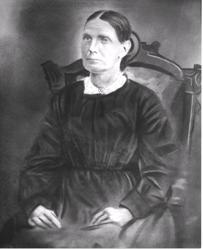
Elizabeth Walsh Conway
Ca.1875
I have always been of the notion that many of the other Irish families, who later settled near them in the U.S., also made the same journey. The Fitzgibbons, McMahons, Holihans, Kennedy’s, Sheehan’s, O’Neill’s, Keoughs, and Davis’s were all related or later became related through marriage.
The trip from Montreal to the U.S., and on to Portage or Portageville, N.Y. was made by ox-cart. I never knew my grandfather, James Conway, but do know that he settled with his family on a farm near that village. Grandpa Conway was perhaps a farmer in Ireland. He acquired a farm outside of Portage. The farm was not far from the Erie Railroad that was being built at that time. It was customary at that time for a farmer to purchase a tract of land and pay it off by cutting the timber thereon and selling it to the railroad. I believe that this was the method used by Great Grandfather Conway to payoff the purchase price.
Coming from Warsaw, N.Y. that farm was located at the Warsaw end of what is now Letchworth State Park. Or better still, when you are in the Park, at the Mary Jemison -the White Woman of the Genesee Monument -a look to the left will disclose on old dirt road that has been closed off to the public. That road would have led you to the main buildings of the old Conway Farm. That farm became the nucleus of what later on and now is Letchworth State Park. That road was followed by my Grandmother Dundon and me, when I was a boy, to the old farm house which was still standing as were some out buildings.
The 1902 atlas provides a detailed map of the Glen Iris at the turn of the century. The Conway farm is clearly marked in the upper left hand quadrant of the map to the left of the reservoir.
 courtesy http://www.letchworthparkhistory.com/m1902.html
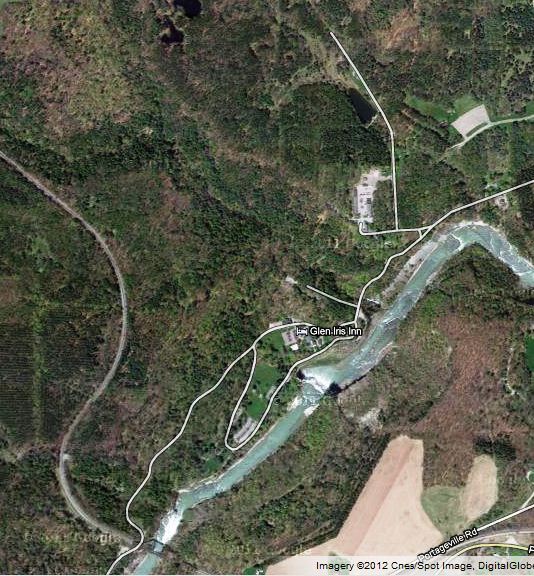
You can imagine what that area must have been like when settlements were first made there. It is today one of the showplaces of New York State. How wild and rugged it must have seemed compared to thelr homeland. Game in abundance and trees that had never been touched by man. Portage derived its name from the fact that it was the place where you could cross the gorge of the Genesee River. First by small ferries and then in the latter 1840’s a wooden bridge was erected across the river which accommodated-both foot passengers and the Erie Railroad. A canal ran across the area at that time near the Genesee River.
Robert N. Dennis collection of stereoscopic views. > United States. > States > New York > Stereoscopic views of Portage, New York (created [1858?-1885?])
Glen Iris, (Residence of Wm. P. Lechworth) Portage Bridge in distance.
You will recall that the Erie Barge Canal had been completed in 1825 and that all the rage was to bear the main traffic by water. There were many interconnecting canals along that part of the state and you can still see along the river out of Portage the forms for the old locks of the old Genesee Canal which due to influx of railroads were of short duration.
I remember crossing over the bridge, after the old wooden bridge burned, with Grandma firmly clutching my hand so that I would not be tempted to come too close to the rail and the gorge below. There was a wooden walkway on each side of the rails of the Erie Railroad, made of heavy planks. Every few yards were huge wooden barrels which were filled with water. Each had a bucket attached by a rope to use in case the sparks from the engines might set on fire the wooden walkway. These could be reached easily by the station master who was located at one end of the bridge .
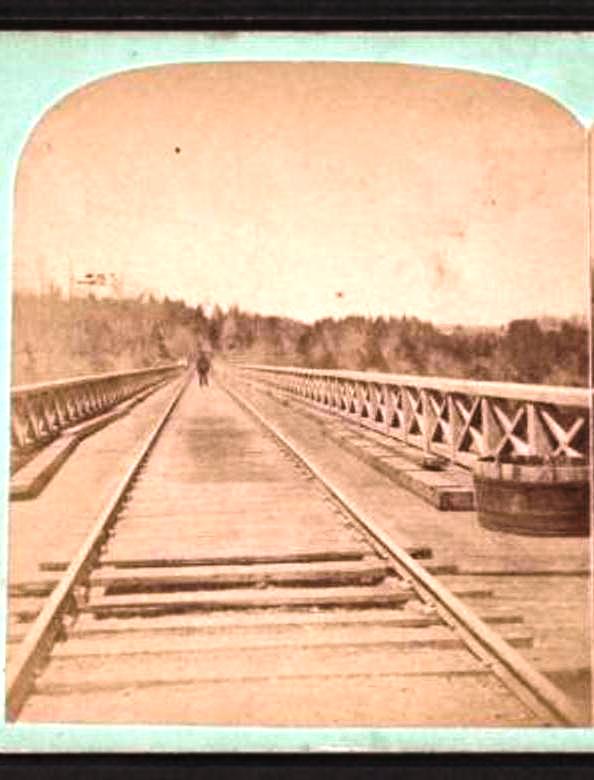
We got off the bridge at or near the Erie Railroad station.
This image is taken at the east of the Portage Wooden Bridge and shows much of the area known as “Portage Station”. The depot can be seen just south of the tracks. The large structure to the right of the depot is the Cascade House, a well known area hotel. On the end of the bridge, to the left of the tracks you can see a small watch house. It was from this building that watchman Pardon Earl discovered the fire that would destroy the bridge in 1875.
http://www.letchworthparkhistory.com/

Photo above shows a wider view of the old wooden bridge looking toward the Cascade House on the right
http://www.letchworthparkhistory.com/
Caption on back of photo reads: Portage Bridge, Erie R.R.
Length 820 ft-Height 235 ft, Built by Watson Mfg Co, Paterson, N.J.
This photograph was taken from above the Genesee Canal looking north not long after the new Iron Bridge was built. Note the Canal and towpath on the right of the river. The Upper Falls is in the bottom center of the photo.
http://www.letchworthparkhistory.com/
Grandma led me to a path, which I think few people knew existed. It went from the top of the station platform to a point on what is now the main road out of Portage towards Nunda. This point was at the far edge of the bridge which now bears auto traffic across the Genesee River. The bridge is located at what was formerly the Portage Inn and owned by a man named Brogan.
Of Grandmother Dundon’s formative years, I acquired little knowledge. I assume that she led the then normal life of a farm girl. Game was abundant and their needs simple. I do know that they spun most of their own clothes and lived pretty much off the land. When Grandma was 16 (my mother and Grandma always had a dispute as to whether she was 16 or 18 at the time, Mother claiming 16 and Grandma 18) her father called to her one day and had a man with him. He said “Bridginne, I want you to meet Michael Dundon (1839-1919)~ your-future husband. You will be married thirty days from now.” My own mother said she was frightened and hid in the barn but thirty days from that date they were married. It was the last year of the Civil War -1865. I suppose they were married in the Assumption Catholic Church in Portage. If Grandma was 16 when she married, that would have made her entry into the United States about 1846.
(Records indicate that she was 21 when she was married. Entry into the US was 1849, not 1846)
I never acquired any history of Grandpa Dundon’s family. My mother claimed that he was about 30 years old when he came to the U.S. He could neither read nor write until the day he died. Grandma Dundon claimed that he had a choice of attending an English school or no school at all. He chose the latter. He never received any formal education.
The Conway family lived on the farm until their deaths. Grandma Conway, whose picture I have, evidently died first. Grandpa Conway, I was told, never permitted his picture to be taken.
The Conways had six children; three boys and three
girls:
1. Bridget Conway Dundon, my grandmother (1846-1939)
Married Michael Dundon (1839-1919)
2. Elizabeth Conway McMahon (1863-1932)
Married Henry McMahon (1853-1949)
3. Katherine Conway Kennedy (1855-1925)
Married Jack Kennedy(1855-1936)
The boys had an understanding with their father that if they remained on the farm and helped their father until his death, he would leave the farm to them to the exclusion of the girls who had all left home in the early years to become married.
Well, Grandpa Conway tried to keep his promise as did the boys who stayed on the farm and were unmarried when their father died. The boys were then in their thirties. The father left a will dividing the farm to the boys equally, and disinheriting the girls. The will was prepared by a priest I believe at Portage, and consisted of four pages. The pages were folded and the will instead of being signed on the fourth or last page, was signed at the end of the third page and not at the end as required by New York law. It was one of the cases I studied in Law School. The girls, especially Katherine, contested the will. The case ended up in New York’s highest court -the Court of Appeals. The will was held invalid on the grounds that it was not signed at the end as required by law. The estate was therefore equally divided amongst all six children. The legal costs were tremendous and it was at that time that I assume it was sold to Letchworth. The Letchworth’s were at that time accumulating properties along the Genesee River and the Conway farm was close by. The park now consists of some 20,000 acres stretching for several miles along the river and takes in all three falls of the Genesee -the upper, middle and lower falls. The boys, James, Jerry and Tom were married soon thereafter.
Click link below to see probate decision
James, after marriage, moved to Lorraine, Ohio where he became a steel tester. He lived to be 97. He always showed up at Buffalo about once a year, alone, and made the rounds -mostly of taverns. I remember he had a straw wicker demijohn which he would proceed to have filled at John Mead’s tavern at the corner of William and Gold Streets. Whiskey could be purchased so-called loose by the pint or quart by furnishing your own jug.
(note: A demijohn is a large glass bottle used for transport or storage of liquids, often wine or spirits. These big bottles usually were given a protective jacket of wicker, osier, or raffia at the glass factory. Often this work was done by the family of the glass-blowers.
These bottles have been blown in glassworks in many places since commercial glass-blowing became economical in the 1700s. Glass demijohns came into wide use by the late 1700s and remained important in commerce through the early 1900s. Bottles of this period are of collector interest because each one is unique. Each is mouth-blown and hand-finished — no two are exactly the same. JAK)
Mother never took kindly to his visits. She was always happy when he left. I visited him in later years at Lorraine, Ohio. To my knowledge, he never had any children. I believe that before he died he was married a second time.
Jerry Conway’s home at the time of his death, December 1917
Jerry Conway married and lived and died in Portage. His home was where the new bridge and viaduct enters Portage coming from Warsaw, and was taken by the State for the new viaduct into that village. I do not remember his first wife..- But well do I remember his second. After I became of age and my Grandmother thought I should travel – about ten years that is -I accompanied her on a good many trips by Erie Railroad. She had relatives scattered from Lancaster, New York, along the Erie Railroad, to Hornell, N.Y.
On one of my sojourns with her I ended up at Portage to visit Great Uncle Jerry and his second wife. My brother was with me on this trip, which he seldom was, and we had been staying in Portage for a week. We literally lived, it being red raspberry season, on bread, berries and tea. As growing boys we finally gave an ultimatum to Grandma to move on or we would. Finally the last day of our stay we had new potatoes and peas. They were also in season.
Jerry (Jeremiah Conway)had a girl by his first wife (note: Isabel Gamble, companion to MaryAnn Crozier, Letchworth’s sister), a nice looking gal in her early years who later on married a garage mechanic in Nunda, N.Y. where she lived until her death. She had several children of whom I have lost track. In fact I never knew them. Her name was Marion. I saw her often at McMahon’s or at times she would come to Buffalo with the McMahon’s . I remember that during the Depression, when I was in the United States Attorney’s Office, she gave my name as a reference for a Government Home Owners Loan. The investigator for the Home Owners Loan came in to see me and said, “I understand that she is your cousin.” I said, “Second, that is.” “Well,” continued the investigator, “she said in answer to a question on her loan application, that she had a substantial account in the Rochester Trust Company.” The investigator said, “You know how much money she had in that account? Five dollars.”
My answer to him was that, knowing her, she was probably of the opinion that $5.00 was substantial. Not only that, I said that Roosevelt did not institute the Home Owners Program for the wealthy, but for people like her who were in real need of help and needed the loan to save their homes. She got the loan. If Jerry had any other children I did not know of them. I think that I am safe in assuming that Marion was his only child.
Great Grandfather Conway’s third boy I have no recollection of.
I do know that he married the present Elizabeth McGrogan Dundon. His widow Elizabeth later married my Uncle Henry Dundon and he lived with her and her three girls until his death. One of the Conway girls married Eddie Glascott who lived next door to us. In fact, “Jerry” as she is called, met him when she was staying with us. The third son’s name was Patrick I believe.
The marriage between my Grandmother Bridget Dundon and Michael was during the last year of the Civil War, and considering when she lived, was perhaps performed in the Assumption Church at Portageville, N.Y.
Assumption of the Blessed Virgin Mary Church
Portageville, Genesee Falls
Grandma said that when she first lived on the banks of the Genesee it was in a log cabin built by her father. Knowing the customs of the day, all of his friends perhaps pitched in to do the work.
She often spoke of the days of the Civil War. Grandpa Dundon was offered $100.00 to take the place of another man who had been drafted into service. This was a common practice at that time, but Grandpa was no hero. He declined.
She (Grandma Bridget Dundon) told how the boys trained in what is now part of Letchworth Park and of the great local celebration they all had when the war ended.
Again, she tells how, as a girl she would often see through the cracks of the logs the staring eyes of some bear or other wild animal. She spoke little of her days to the time she was married. Grandpa Dundon obtained his naturalization papers in the Supreme Court at Wyoming County,. N.Y., the county seat, Warsaw.
Grandpa and Grandma Dundon had the following
children :
Click on photo for full image
1. Edward -born about 1867- died at 8 years of scarlet fever.
2. Elizabeth -my mother, born Feb. 15, 1869.
Married June 1, 1898 to Frederick Augustus Kirchgraber (1874-1950)
St. Patrick’s Church in Lockport, NY. Died July 5, 1961 in Buffalo, age 92, from a fall.
3. James -born in Warsaw, NY, (1872-1931)
Wife Elizabeth T. Dundon (1873-1939)
a) Martha Dundon -married Brody from Boston, A, both deceased, no children
b) Francis Dundon -deceased, one child, Joyce
4. E.Henry Dundon ~born January 24, 1877 in Dale, NY, died in Buffalo, February 1951.
a) Edward Dundon -deceased
l-one girl, Beverly, married
2-boy, Edward, married
5. Michael -born in Dale, NY, March 18, 1875, died in Castile, NY on July 17, 1942.Wife, Alice, deceased
a) Dorothy -divorced, never remarried, no children (1907-1958)
b) George -deceased, no children Marie M., 1906-1989
6. Mary or Marie -married some man from Boston, now deceased, no children. She was never spoken of by family, perhaps she married outside of the Church which would have ostracized her. I met her once when I was a boy of about 8 years.
7. Della -married Oliver Phillips from Castile, NY.
Oliver’s mother was brought up by Dr. Greene who owned and operated the sanitarium at Castile. Dr. Greene had set up a trust on her death and the income went to Oliver and his mother during their lifetimes. Aunt Dell was a nurse and worked most of her life.
Oliver and Dell had two children, Ruth Phillips Schultz and Henry (Bud). After Oliver died, Aunt Dell married William Henry, a Niagara Falls, Ontario contractor. They had one child, Willena Henry Cragg. Ruth and George Schultz have six children. Bud’s children number eight.
8. Tom- killed in a railroad accident, buried in Warsaw, NY,
not married. (1881-1904)
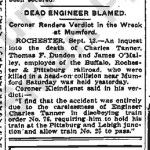
RETROSPECT *
~ The Irish, upon arriving from Montreal, the Holihans,
Kennedys, Keoughs, Fitzgibbons, O’Neills, McMahons, Sheehans
and Davis’s, all settled along the Erie Railway.
ANTHONY DAVIS HOUSE NEAR THE STONE BRIDGE
LETCHWORTH STATE PARK (above & below)
courtesy http://www.letchworthparkhistory.com/
Davis house ca 1865. The old bridge was replaced by a stone bridge
Jack Kennedy (1855-1936) who married Katherine Conway , (1855-1925)was–a section foreman for the Erie Railroad. He was a strict old Irishman. I spent many summer days at Aunt Kate’s with Grandma Dundon at Dale, NY. Their place still stands, as does Grandma Dundon’s on the upper road between Dale and Warsaw. Aunt Kate’s home was right near the Erie Railroad, on the main road through Dale.
The Kennedys had three boys –Tom (1857-1944) Jack (1855-1936)and Billy, (??)as well as a daughter, Elizabeth. Tom was a police captain on the Buffalo police force. Jack died in Buffalo after an operation,(appendicitis) and Billy was station master at Warsaw until he died. Billy never had any children.
Grandma Dundon, always after my school let out, would walk me to the Erie Railroad ticket office on William St. near Babcock. There she would proceed to buy a ticket to Lancaster and ride to the end of the line to Hornell or Garwood’s (near McMahon’s).
New York, Lake Erie & Western Railroad Timetable
Main Line: New York – Buffalo
I was afraid we would get put off the train but she said the Riordan boys (conductor and brakeman) would not put her off. You see, Grandma’s son Michael was chief dispatcher of the Erie and her son Tom was killed as a fireman on the Erie.
If our stop was Garwood’s -Uncle Henry McMahon (his wife Elizabeth was Grandma Dundon’s sister) would pick us up and we would stay until we had worn out our welcome.
Things were lively around the McMahon place with John, James, Steve and Bill, Katie, Lizzie and Theresa and on occasion, Marion Conway would also be there. Having put us up as long as possible, we would work our way back towards Buffalo on the Erie; next stop, Silver Springs and Rock Glen.
The Fitzgibbons were at Silver Springs (they still live on a farm on an old pond out of Silver Springs, and a year ago I made a stop to say hello). Mary Davis was at Rock Glen. Her brother ran a famous old country store which was written up several years ago in a Saturday Evening Post. If Uncle Jerry Conway was at home, a stop and stay would also be made at Portage. Finally, a long visit with Aunt Kate and Uncle Jack at Dale.
Well, about that time it was approaching September and it was time for me to return to school. On one trip, we took in an old cemetery at Portage where Grandma said “Noney,(she always called me that) all my friends, I come to visit here.” I would say, “Grandma, how many years ago was that?” “Oh, about 80.” And I would say, “Grandma, where in hell did you expect to find them?” ~
http://wyoming.bettysgenealogy.org/stmary.htm
She would think nothing of making a stop at the granddaughter of some old friend and if it were not for me, she would have made herself at home for a few days.
Grandpa Dundon, when he was about 78, decided he had had it, sold his farm, and came to Buffalo to live with my Aunt Dell. After Dell got married, they came to live with us about 1912. The people who held the mortgage on the farm defaulted so back to the farm they went, but not for long.
When the first World War broke out -1913-1914,they had come to live with us at 230 Benzinger St. His age – who knows? He was well along, perhaps 12 years Grandma’s senior. Like Old King Cole, he liked his bottle and his pipe and when in his cups would always break out some Irish ditty. He never tired of telling of the little people of Ireland and never wanted you to disbelieve him.
(Note: IN HIS CUPS – “Drunk. Long ago the phrase meant both drunk and participating in a drunken bout. It appears in one of the Apocyrphal books of the Bible (I Esdras 3:22): ‘And when they are in their cups, they forget their loue(love) both to friends and brethren.’ The Romans had similar expressions, such as Cicero’s ‘in thy cups, in the midst of thy revels’ (in ipsis tuis immanibus poculis), suggesting the great age of the association of ‘cup’ (poculum) and ‘carousal.’”)
He would smoke his old corn cob and when out of tobacco (Mechanics Delight) would smoke Grandma’s green tea until Grandma could stand it no longer and would break down and buy another package of tobacco.
Mechanics Delight
P. Lorillard
the following links will detail more photos of the Letchworth area & history
STEREO IMAGES OF GENESEE FALLS AREA (108 images)
(copy and paste into address bar of browser)
http://digitalgallery.nypl.org/nypldigital/dgkeysearchresult.cfm?parent_id=52177&word=
OLD CATHOLIC CEMETERY LINK
http://wyoming.bettysgenealogy.org/stmary.htm
LETCHWORTH HISTORICL WEBSITE
http://www.letchworthparkhistory.com/table.html
Stereo views of Letchworth and Genesee Falls
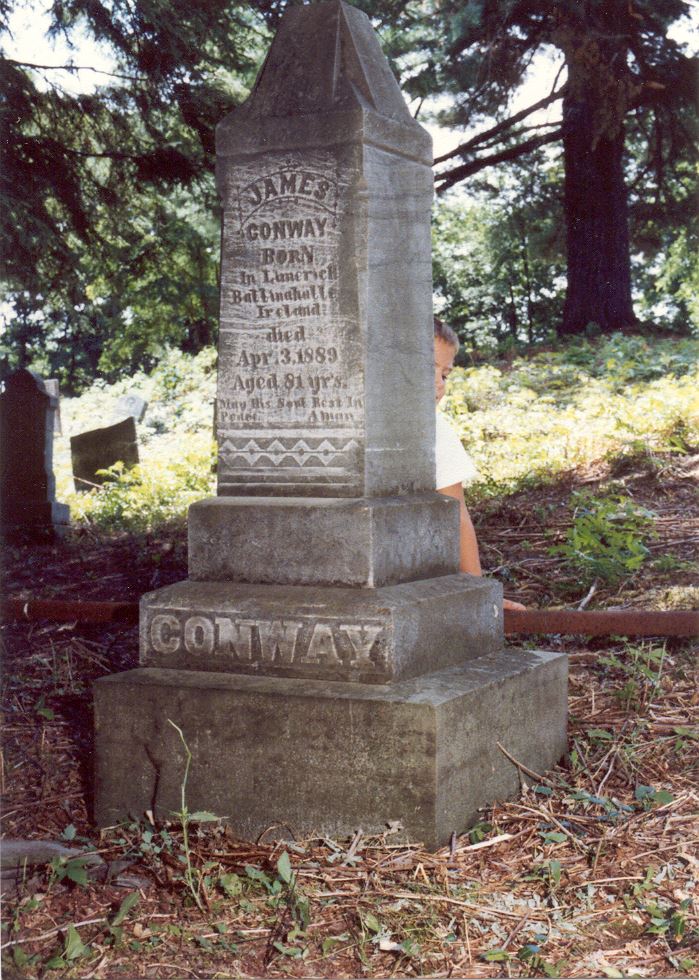
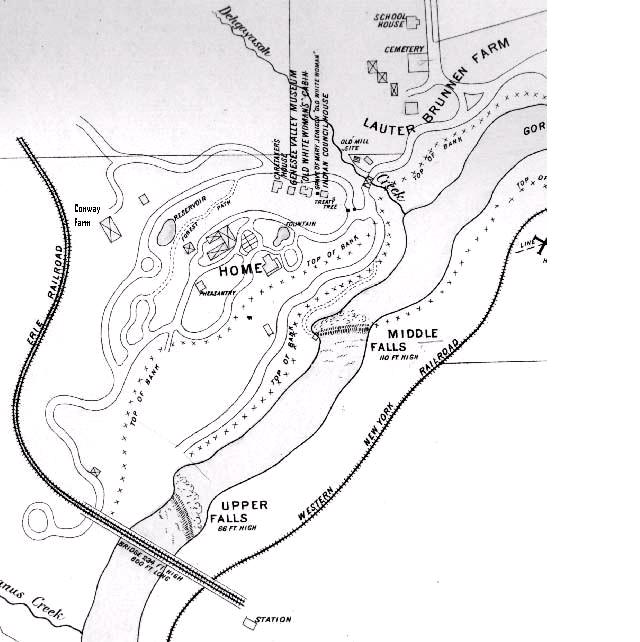

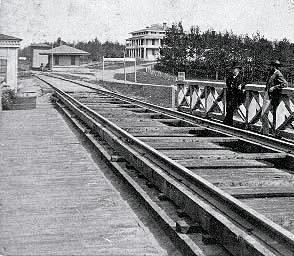
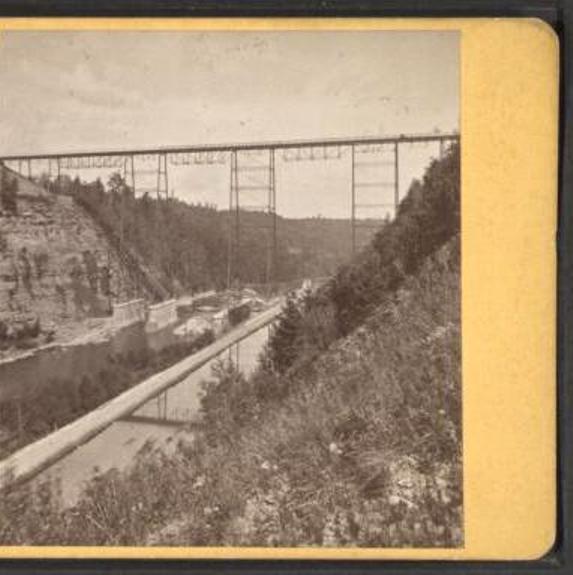

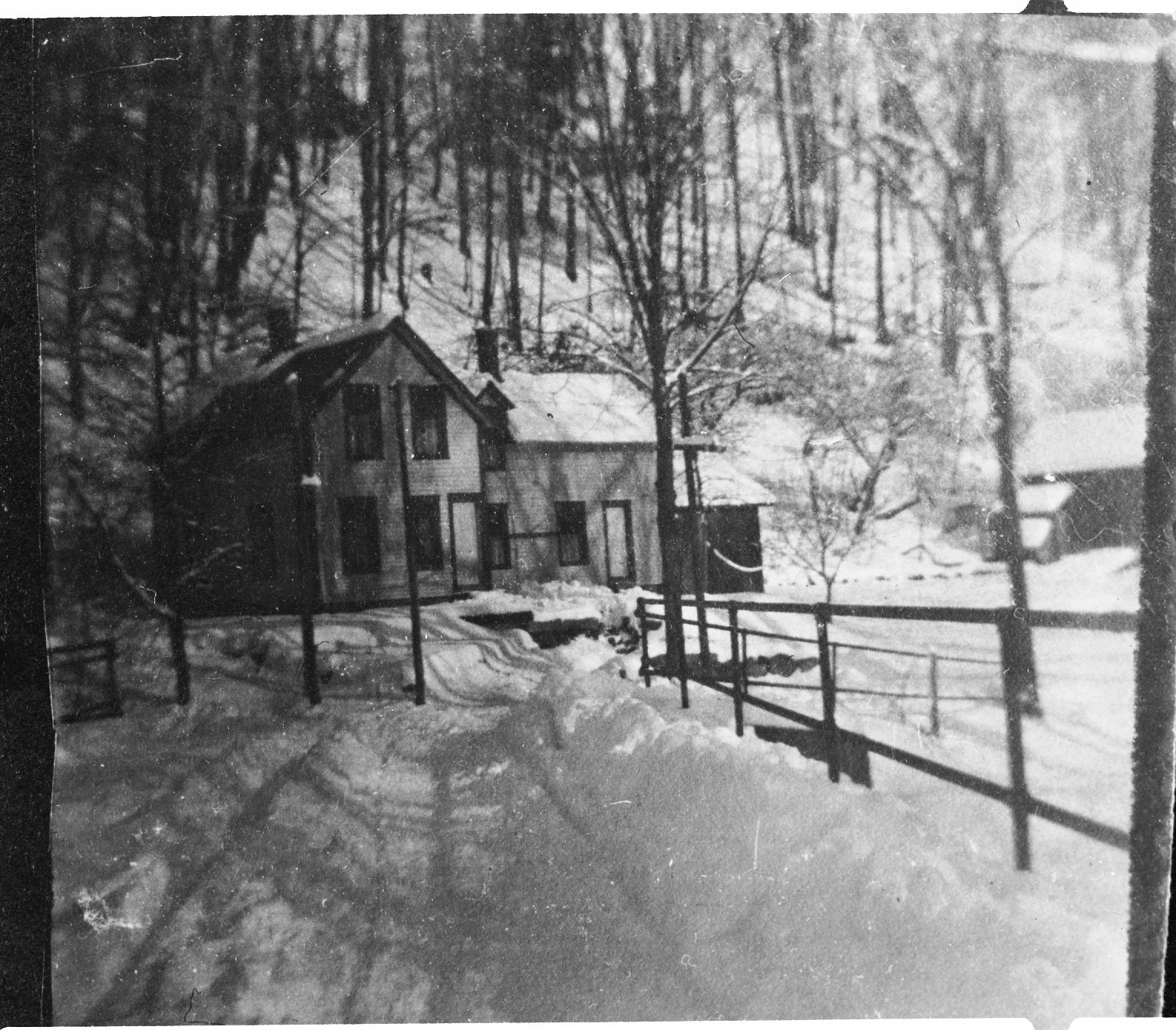

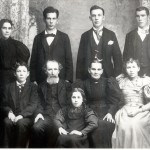



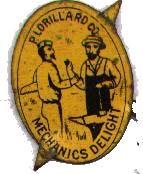
Leave a Reply
You must be logged in to post a comment.